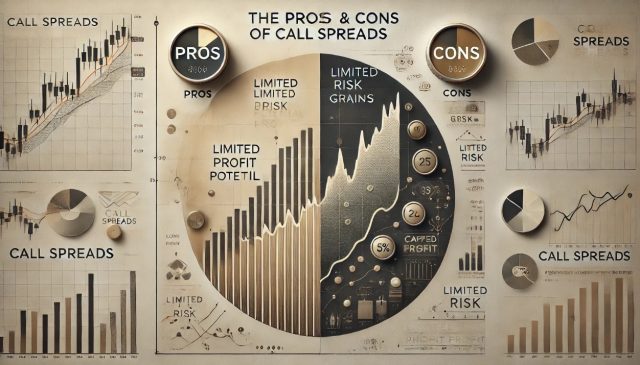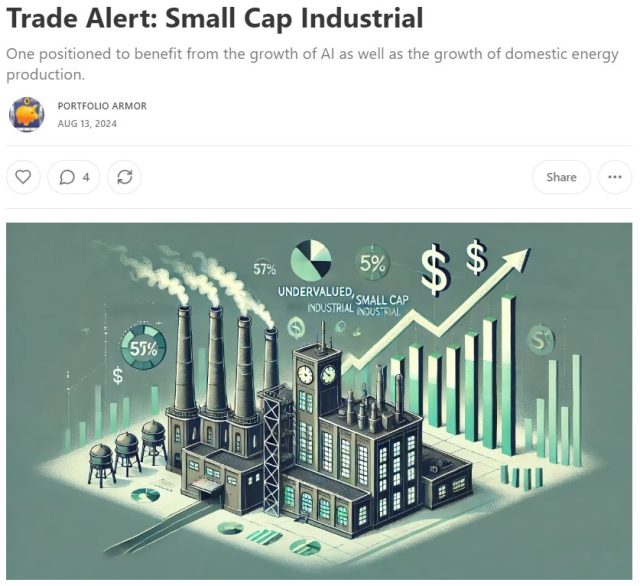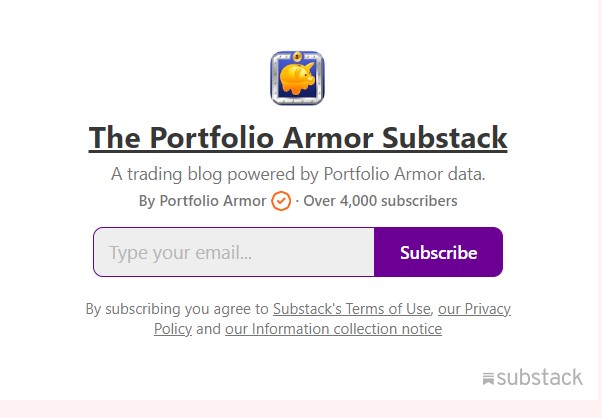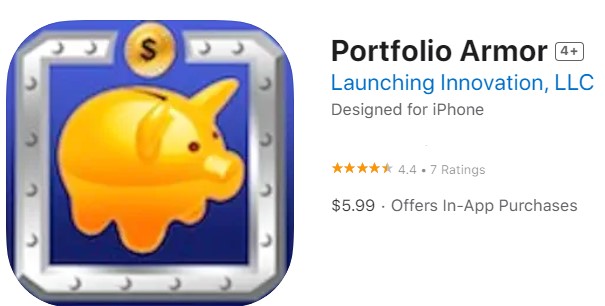
When Can We Take Profits?
On Friday morning, I got a question from a subscriber:
Where does this need to go to make the trade profitable? Current stock is $201.33
The trade he was referring to was our call spread on Powell Industries (POWL 7.59%↑), a small cap industrial that’s essentially a picks & shovels play on increased demand for energy.
Our trade on POWL last month was a vertical spread expiring on December 20th, buying the $185 strike calls and selling the $190 strike calls, for a net debit of $1.60. If the stock closes above $190 on December 20th, that spread will expire at its maximum value of $5, meaning we will have made a 213% gain on the $1.60 we paid for it.
My answer to my subscriber was that we could exit our POWL trade now, but we’d probably only get close to a 100% gain on it, because we were so far from the expiration date. That’s really the main con of call spreads.
The Pros And Cons Of Call Spreads
The main con here is that the short call leg reduces your gains if you try to sell it early, while it still has time value. Even though POWL closed at $206.34 on Friday–well above the price where our max again occurs ($190), we wouldn’t be able to sell this call spread for a net credit of $5 today. We might be able to sell it for $3.20 (which would still be a 100% gain on the $1.60 we paid), but if we want the full, 200%+ gain, we need to hope the stock stays above $190 until we get closer to that December expiration date.
So why do call spreads?
The first pro of call spreads is that, like other options trades, you can make a lot more money than a shareholder on the same movement in the underlying stock. When we entered our call spread on Powell Industries, on August 13th, the stock was trading at about $162. It only needs to be trading 17% higher than that on December 20th, for us to make more than 200% on this trade.
The second pro of call spreads is that they are cheaper than just buying a call option, particularly when you’re dealing with stocks that have high dollar prices per share. Just buying the $190 strike calls on Powell Industries last month, might have cost over $20 per contract, but with the call spread, we knocked that down to $1.60.
Finally, another pro of call spreads is that having a short leg of the trade helps you avoid IV crush when you are betting on a stock shortly before it releases earnings. Implied volatility drops after earnings releases, lowering the value of options expiring soon after. But with a call spread, IV crush lowering the value of the short call can offset the impact of it lowering the value of your long call.
A Great Tool If You’re Aware Of The Pros And Cons
Call spreads are a great tool to have in your trading tool box, as long as you’re aware of the tradeoffs with them. In the case of Powell Industries, the reason we went out to December 20th with that trade was because the next time the company releases earnings is in early December, and December 20th was the soonest expiration afterwards. Given the company’s attractive valuation and macro tailwinds with energy demand, there’s a good chance we’ll get close to a max profit on this trade.
If you want a heads up when we place a trade on the next name we find with similar characteristics to Powell Industries, feel free to subscribe to our trading Substack/occasional email list below.
If you’d like to stay in touch
You can scan for optimal hedges for individual securities, find our current top ten names, and create hedged portfolios on our website. You can also follow Portfolio Armor on X here, or become a free subscriber to our trading Substack using the link below (we’re using that for our occasional emails now).
And you can hedge your long positions using our optimal hedging app.




